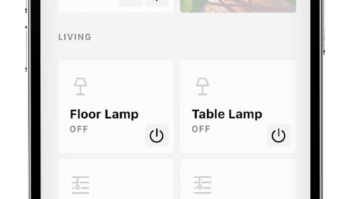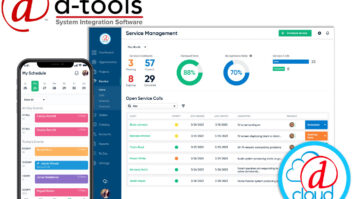Many of us pride ourselves on the above-and-beyond service that we provide our clients. And like it or not (and it’s totally not), we’re there for those late night phone calls, texts, and emails to solve the inevitable technology crises that come up after hours. We go the extra mile to make sure things get accomplished, even when the root cause has nothing to do with the equipment that we provided.
In fact, I often tell new clients that we are going to be the only company that will be there on the project before, during, and well after construction has completed, and that—especially for larger jobs—we are essentially “married” to each other now.
Whether it is “home tech pro,” “integrator,” “technology concierge,” or some other title that you prefer, we all try to present ourselves/our companies as the absolute authority on all things integration. Have a question about your surround system? We’ll know the answer. Need the latest rundown on Ultra HD? Just ask. Wondering how to control your house with Alexa? Here’s how you do it.
And for the most part, this five-star-level service has served us well. We garner a level of trust with clients that few other trades can. And where people generally loathe the cable company and speak with disdain about experiences at big-box stores, they are almost always pleased to interact with us and share their experiences with friends.

Image: Thinkstock But lately, we’ve seen kind of a blowback from this in that our reputation for great service is resulting in lots of phone calls about issues with items that we didn’t sell and don’t profit from.
The Roku stick I bought isn’t working.
My TiVo isn’t recording this channel.
My wireless printer isn’t working.
The audio from my cable box doesn’t sound right.
A customer last week finally encapsulated the issue. My business partner, Allen, was on the phone with him once again troubleshooting a DirecTV problem he was having. Allen finally said, “Mr. Customer, we’ve discussed this issue several times before, and I keep telling you that it has nothing to do with the TV we installed or the control system; it is a DirecTV problem and you need to call DirecTV to get it resolved.”
The customer’s reply? “You’re just easier to call. I know you’ll pick up the phone, won’t put me on hold, or transfer me, and that you’ll help me with my problem.”
Sure, it’s a great reputation to have, and being first in the customer’s mind when it comes to technology is mostly a great thing. And while these are often simple fixes, they can require 10–15 minute conversations over the phone—conversations that we don’t bill for or get paid on other than in goodwill. If you have four or five of these calls in a day, then you’re talking about some fairly serious time in lost productivity.
It seems like there are really only three ways to handle these kinds of calls:
1) Suck it up and help the customer, hoping it pays off in sales dividends down the road.
2) Help the customer and then send them a bill for your phone time.
3) Refuse to offer phone support on items you didn’t sell and offer a truck-roll service call.
Obviously there is room for discretion here, and some clients will have garnered more free “phone time” than offers. And some—like property rental companies and their rental clients (a topic for a blog on its own)—might not get any phone time at all.
The difficulty is drawing that distinction in the customer’s mind between what is and what isn’t “ours.” While the issue might be that their off-brand TV purchased elsewhere isn’t streaming Netflix, in the customer’s mind the problem inevitably traces back to something we did.
I don’t think you installed it correctly.
It’s something with your controller.
It’s something with the Wi-Fi you installed.
I’m curious how other companies deal with these phone issues. Do you take a hardline? Just suck it up and smile? Or land somewhere in between?






